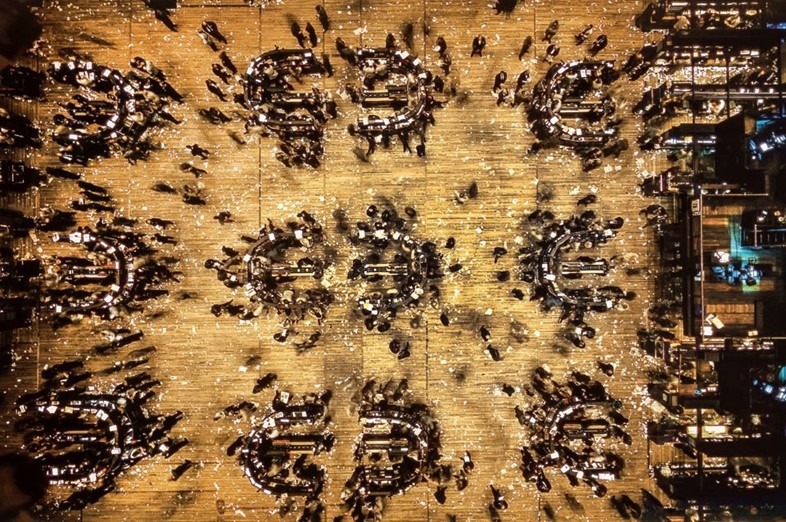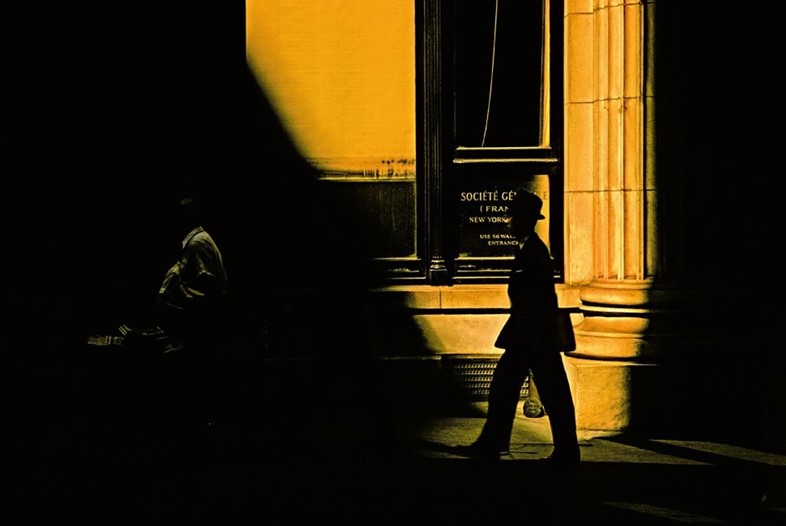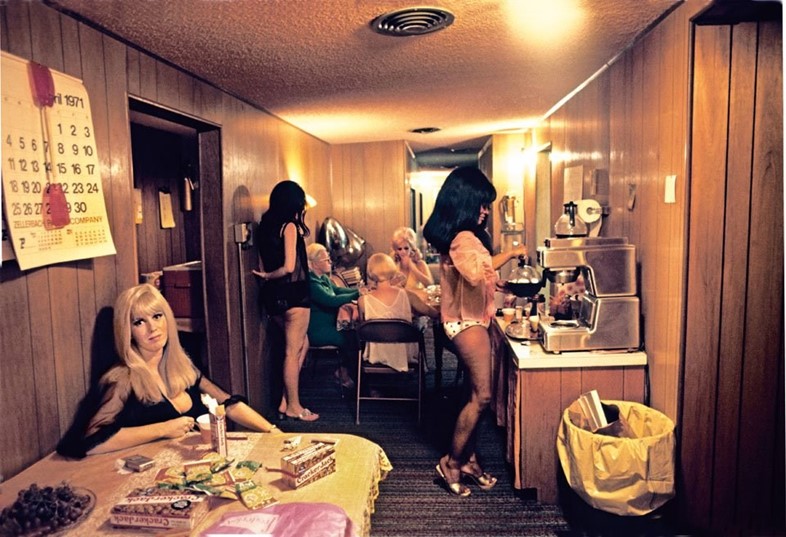A new Taschen-published book offers due recognition to the talent of Marvin Newman, the imagemaker who captured the real New York
Who? American post-war photographer, Marvin Newman. From fresh perspectives on New York landmarks and intimate portrayals of Nevadan prostitutes, to shots of sportsmen and studies of shadows on Michigan Avenue, Chicago (one of his earliest series), the New York native’s photographic repertoire is as broad as his technique is admired. Aged 89, Newman was born on December 5, 1927, in the Bronx. He attended Brooklyn College where he studied under the tutelage of Walter Rosenblum – the American photographer who is known for capturing the D-Day landing at Normandy in 1944 and the liberated Dachau concentration camp the following year.

He moved to Chicago shortly afterwards, where he enrolled at the Institute of Design, and it was here that he learned that there is “no fundamental distinction among any of [photography’s] uses” – a lesson that stayed with him throughout his career. Whether he was shooting for personal or professional reasons, his attitude remained the same. “While I was doing all that work, I continued my own thinking and making things,” Newman said. “When I saw something that I thought was photographically valuable, I would go and do it, whether it could sell or not sell. Like any artist.” Working to this day, his latest project is a series on birds in flight in Florida.

What? For the last five decades, Newman has turned his lens on all manner of subjects, undertaking commissions for the likes of Life, Look, Playboy and Sports Illustrated, for whom he snuck into Texas Christian University football team’s locker room before the Cotton Bowl and shot what has been called the greatest sports photograph of all time. For Look, among other commissions, he travelled to Reno, Nevada, to shoot a series on legalised prostitution (a project that he himself initiated). Blurring the line between photo-journalism and personal artistic document, these groundbreaking images are today hailed for the humanity they give their subjects: “Their intimacy and non-judgmental emphasis on the female subjects anticipate the engaged social photography of the decades that followed,” writes art critic Lyle Rexer.
While he shot reportage, advertising and sports, it is Newman’s street photography that is perhaps most celebrated – he documented “the streets of Chicago, the nightlife of Las Vegas, and Inuit ceremonies in Alaska”, capturing the very essence of these places. In spite of his remarkable gift, Newman’s contribution to the field of photography has been largely overlooked except by a small circle of collectors and gallerists.

Why? This month Taschen is releasing a new survey of Newman’s work, his first career monograph to date. With 170 pictures from the late 1940s through to the early 1980s, City of Lights featured an essay written by Lyle Rexer, which offers long overdue recognition to his talent and to the city that formed the basis of so much of his work. “He’s just got this very interesting way of seeing the world,” the book’s editor, Reuel Golden, tells us. “He’s detached from his subject matter, but there’s also an emotional resonance to the pictures, and it’s not just about technique. He’s a quiet, modest man, but very thoughtful about what he does. When the art director Josh Baker and myself were working on the layout, we would send him the PDFs as we were going along, and he would make a handful of suggestions each time maybe about sequencing, or perhaps we should reduce or enlarge that picture and he was almost always right. So not just a great photographer, but also a very good editor. And he’s 89. I’d like to be that sharp at 59.”

City of Lights is out now, published by Taschen.
